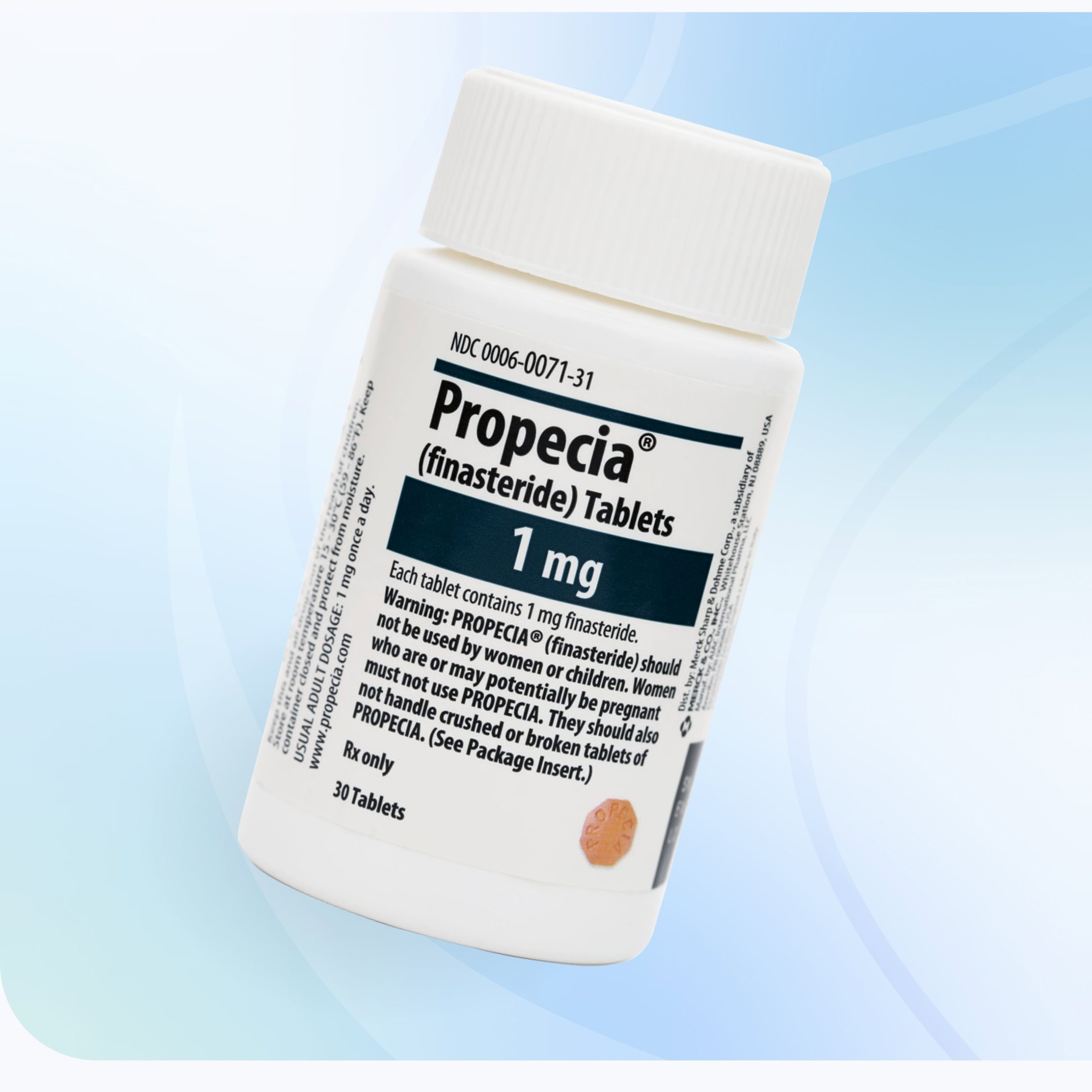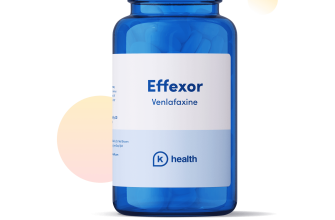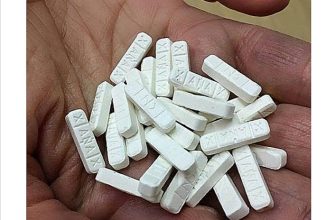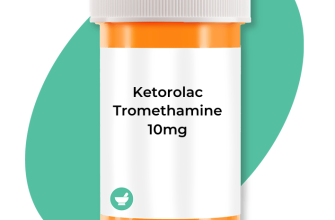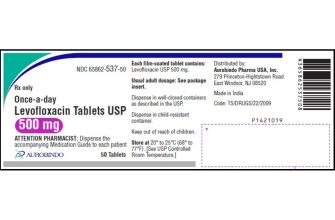Considering Finpecia for hair loss? Start with a thorough understanding of your options. We recommend consulting a dermatologist or a qualified healthcare professional before starting any treatment. They can assess your specific needs and help you determine the most appropriate course of action.
Finpecia, containing Finasteride, is a prescription medication used to treat male pattern baldness. It works by inhibiting the production of dihydrotestosterone (DHT), a hormone that contributes to hair follicle miniaturization. Understand that results vary, and consistent use is key. Be prepared to discuss potential side effects, such as decreased libido, with your doctor.
Important Note: Finasteride is not suitable for everyone. Women who are pregnant or may become pregnant should absolutely avoid contact with Finasteride. Always follow your doctor’s instructions regarding dosage and usage. Purchasing Finpecia from reputable pharmacies in the USA ensures you receive authentic medication and minimizes the risk of counterfeit products.
Remember: This information is for educational purposes only and does not constitute medical advice. Prioritize a conversation with a healthcare professional to tailor a treatment plan to your unique situation and health history. They can provide personalized recommendations and address any concerns you may have about using Finpecia.
- Finpecia USA: A Detailed Overview
- Finpecia’s Active Ingredient: Finasteride and its Mechanism of Action
- Lowering DHT Levels
- Important Considerations
- FDA Approval and Regulation of Finasteride in the USA
- Common Uses of Finpecia in the United States
- Potential Side Effects and Risks Associated with Finpecia Use
- Dosage and Administration Guidelines for Finpecia
- Interactions with Other Medications and Substances
- Alcohol and Finpecia
- Grapefruit Juice and Finpecia
- Where to Purchase Finpecia Legally in the USA
- Finding a Doctor
- Pharmacies and Dispensaries
- Important Considerations
- Safety Precautions
- Cost and Insurance Coverage for Finpecia
- Patient Reviews and Experiences with Finpecia in the US
- Commonly Reported Side Effects
- Tips for Optimal Results
- User Experiences: Success Stories
- Important Note: Consult a Doctor
Finpecia USA: A Detailed Overview
Finpecia, containing finasteride, is not FDA-approved for sale in the USA. Purchasing it requires navigating international pharmacies, potentially risking product authenticity and safety.
Consider consulting a US dermatologist. They can prescribe FDA-approved finasteride brands or discuss alternative hair loss treatments. A prescription ensures proper dosage and monitoring, minimizing potential side effects.
If choosing an international pharmacy, rigorously research its reputation. Look for verifiable licensing and customer reviews. Understand that shipping times and customs regulations may vary.
Be aware of potential side effects, including sexual dysfunction and decreased libido. These are rare but documented. Discuss these risks with a healthcare professional before starting any finasteride treatment.
Generic finasteride, while potentially cheaper, may lack the rigorous quality control of brand-name medications. Prioritize safety over cost when choosing your course of action.
Remember, a proper diagnosis from a doctor is crucial before beginning any hair loss treatment. Self-treating can be risky.
Explore FDA-approved alternatives. Minoxidil, for example, is a topical solution available over the counter for hair loss treatment.
Always prioritize your health and safety. Make informed decisions based on reliable information and professional medical guidance.
Finpecia’s Active Ingredient: Finasteride and its Mechanism of Action
Finpecia contains finasteride, a 5α-reductase inhibitor. This enzyme converts testosterone into dihydrotestosterone (DHT), a hormone contributing significantly to hair loss in men. Finasteride directly blocks this conversion, reducing DHT levels in the scalp.
Lowering DHT Levels
By decreasing DHT, finasteride helps prolong the hair growth phase, minimizing hair follicle miniaturization. This leads to improved hair growth and potentially prevents further hair loss. The degree of improvement varies between individuals.
Important Considerations
Finasteride’s effects are generally seen after several months of consistent use. Remember to consult a doctor before starting any medication, including Finpecia, to discuss potential side effects and suitability. Long-term usage may also warrant regular checkups.
FDA Approval and Regulation of Finasteride in the USA
Finasteride, the active ingredient in Propecia and generic versions like Finpecia, received FDA approval for treating male pattern baldness (androgenetic alopecia) in 1997. This approval followed extensive clinical trials demonstrating its efficacy in hair regrowth and maintaining hair density.
The FDA regulates Finasteride under strict guidelines. These guidelines cover:
- Manufacturing standards: Ensuring consistent quality and purity of the drug.
- Clinical trials: Requiring ongoing monitoring of safety and efficacy.
- Labeling requirements: Mandating clear and accurate information for consumers, including potential side effects.
- Distribution channels: Controlling access through licensed pharmacies and healthcare providers.
The FDA requires that Finasteride products include a Medication Guide describing potential risks, such as sexual side effects, which although generally mild and temporary, can persist in some men. This information aids informed consent.
Post-market surveillance is also crucial. The FDA continuously monitors reports of adverse events related to Finasteride use through its MedWatch program, enabling timely identification and response to any emerging safety concerns. This allows for ongoing assessment of risks and benefits.
- Always purchase Finasteride from a reputable source. This mitigates risks associated with counterfeit medications.
- Follow your doctor’s instructions carefully. Dosage and duration of treatment vary depending on individual needs.
- Report any unusual side effects to your doctor or the FDA immediately. This assists in monitoring the safety profile of the drug.
Consumers should consult their physician before starting Finasteride treatment. This allows them to discuss potential benefits and risks tailored to their individual health status.
Common Uses of Finpecia in the United States
Finpecia, containing finasteride, is primarily used in the US to treat male pattern baldness (androgenetic alopecia). This medication works by inhibiting the conversion of testosterone to dihydrotestosterone (DHT), a hormone that contributes significantly to hair loss. It’s crucial to remember that results vary. Some users experience significant hair regrowth, while others see minimal improvement or no change.
Beyond hair loss, Finpecia is also prescribed for benign prostatic hyperplasia (BPH), an enlarged prostate gland. In BPH, DHT also plays a significant role, leading to prostate growth. Finasteride reduces DHT levels, thereby shrinking the prostate and improving urinary symptoms associated with BPH. Consult your doctor for proper diagnosis and treatment plan.
Important Note: Finasteride is a prescription medication. Always follow your physician’s instructions precisely. Self-medicating is dangerous and can lead to adverse effects. Below is a summary of potential side effects.
| Side Effect Category | Examples |
|---|---|
| Sexual Side Effects | Decreased libido, erectile dysfunction, ejaculation problems |
| Other Possible Side Effects | Gynecomastia (breast enlargement), depression, dizziness |
This information should not be considered a substitute for professional medical advice. Always discuss potential risks and benefits with your doctor before starting any new medication, including Finpecia. They can help you make an informed decision based on your individual health history and needs. Regular monitoring is often recommended when using Finasteride.
Potential Side Effects and Risks Associated with Finpecia Use
Finpecia, containing finasteride, can cause side effects, though not everyone experiences them. It’s crucial to understand these potential risks before starting treatment.
- Sexual side effects: These are the most commonly reported. They include decreased libido, erectile dysfunction, and ejaculation problems. These side effects usually subside after stopping the medication, but in some cases, they can persist.
- Breast changes: Gynecomastia (breast enlargement) or tenderness can occur. Consult your doctor immediately if you notice any breast changes.
- Mental health effects: While rare, some users report depression, anxiety, or suicidal thoughts. Seek immediate medical attention if you experience these.
- Other possible side effects: These include dizziness, headache, and allergic reactions (rash, itching, swelling). Less frequently, prostate cancer risk may slightly increase, although research is ongoing on the long-term implications.
Important Considerations:
- Inform your doctor: Discuss your medical history, including existing conditions and medications, before starting Finpecia.
- Regular check-ups: Schedule regular check-ups with your doctor to monitor your progress and address any side effects.
- Medication interactions: Finasteride may interact with other medications. Disclose all medications and supplements you are taking.
- Discontinue use: Stop using Finpecia and consult your doctor if you experience concerning side effects.
This information is for educational purposes only and does not substitute professional medical advice. Always consult your doctor before starting or stopping any medication.
Dosage and Administration Guidelines for Finpecia
Finpecia, containing Finasteride, is typically administered orally once daily. The recommended dosage is 1mg daily, taken with or without food.
Consistency is key. Take your medication at the same time each day to maintain consistent blood levels. Missing doses can reduce the effectiveness of the treatment.
Do not exceed the recommended dosage of 1mg per day. Higher doses do not necessarily improve results and may increase the risk of side effects. Always follow your doctor’s instructions.
Here’s a table summarizing key administration points:
| Aspect | Recommendation |
|---|---|
| Dosage | 1mg daily |
| Timing | Once daily, at the same time each day |
| Food | Can be taken with or without food |
| Overdosage | Avoid; consult your doctor immediately if an overdose occurs |
Remember, this information is for guidance only. Always consult your physician before starting or changing your Finpecia treatment. They can assess your individual needs and provide personalized advice.
Interactions with Other Medications and Substances
Finpecia, containing finasteride, can interact with certain medications. Always inform your doctor about all medications you are taking, including over-the-counter drugs, vitamins, and herbal supplements. This includes blood thinners like warfarin, as finasteride may affect their efficacy. Concurrent use with certain antibiotics, such as erythromycin, might also alter finasteride’s metabolism.
Alcohol and Finpecia
While there’s no direct contraindication, excessive alcohol consumption can negatively affect liver function. Since Finpecia is metabolized by the liver, heavy alcohol use could potentially impair its processing and reduce its effectiveness or increase the risk of side effects. Moderate alcohol intake is generally considered acceptable.
Grapefruit Juice and Finpecia
Avoid grapefruit juice while taking Finpecia. Grapefruit contains compounds that inhibit enzymes responsible for metabolizing certain medications, potentially leading to increased finasteride levels in your blood and heightened risk of side effects.
This information is not exhaustive. Consult your physician or pharmacist for personalized advice regarding potential interactions specific to your health condition and medication regimen. They can assess any risks and provide the best guidance for safe and effective treatment.
Where to Purchase Finpecia Legally in the USA
Finpecia, containing Finasteride, isn’t available over the counter in the USA. To obtain it legally, you need a prescription from a licensed physician.
Finding a Doctor
Your primary care physician or a dermatologist can usually prescribe Finasteride. Alternatively, online telehealth platforms offer convenient consultations with licensed doctors specializing in hair loss. Research reputable platforms thoroughly before using them, checking for doctor licensing and patient reviews.
- Check doctor credentials: Verify their licensing through state medical boards.
- Read reviews: Look for independent reviews from past patients.
- Understand pricing: Clarify all costs upfront, including consultation and prescription fees.
Pharmacies and Dispensaries
Once you have a prescription, you can fill it at various pharmacies:
- Your local pharmacy: Most major chains and independent pharmacies can fill prescriptions for Finasteride.
- Mail-order pharmacies: These offer convenient home delivery but require careful vetting to ensure legitimacy.
- Online pharmacies (with prescription): Only use those that require a valid prescription uploaded from a verified doctor. Be cautious of websites selling Finasteride without a prescription.
Important Considerations
Safety Precautions
- Always obtain a prescription: Purchasing Finasteride without a prescription is illegal and carries health risks.
- Use caution with online pharmacies: Verify their legitimacy and security measures before sharing personal or medical information.
- Report suspicious websites: If you encounter a website selling medication illegally, report it to the appropriate authorities.
- Inform your doctor: Discuss any potential side effects or interactions with your physician.
Cost and Insurance Coverage for Finpecia
Finpecia’s price varies significantly depending on pharmacy and dosage. Expect to pay between $1 and $3 per tablet, though bulk purchases often reduce the per-unit cost. Generic versions might be cheaper.
Insurance coverage for Finpecia is highly dependent on your specific plan. Many plans cover generic versions of Finpecia (finasteride) if prescribed for hair loss or benign prostatic hyperplasia (BPH). However, pre-authorization may be required. Check your policy’s formulary or contact your insurance provider directly to determine coverage and any necessary steps for approval. You can also use your insurance company’s website or app to check drug coverage.
Consider using a prescription discount card or exploring patient assistance programs offered by Finpecia’s manufacturer or other organizations if your insurance doesn’t fully cover the medication. Comparing prices from different pharmacies online and in your local area can also help save money.
Remember that prices and coverage can change, so always verify current information with your pharmacy and insurer before purchasing.
Patient Reviews and Experiences with Finpecia in the US
Many US patients report Finpecia helps manage hair loss. Positive feedback frequently highlights noticeable hair regrowth and improved hair thickness after several months of consistent use. Dosage and individual response vary, so results differ.
Commonly Reported Side Effects
Some users mention mild side effects like headaches or mild stomach upset, usually resolving without intervention. However, serious side effects are rare. Always consult a physician before starting Finpecia.
Tips for Optimal Results
Patients advise maintaining consistent usage. Combining Finpecia with a healthy diet and lifestyle improves chances of success. Regular check-ups with a doctor allow monitoring progress and addressing any concerns promptly.
User Experiences: Success Stories
One user shared regaining a fuller hairline after a year. Another noticed less hair shedding within six months. These are individual experiences; results can vary.
Important Note: Consult a Doctor
Before starting Finpecia or any hair loss treatment, consult a doctor. They can assess your condition, discuss potential risks and benefits, and determine the appropriate dosage. Self-treating can be risky. A doctor can provide personalized guidance and ensure safe usage.

